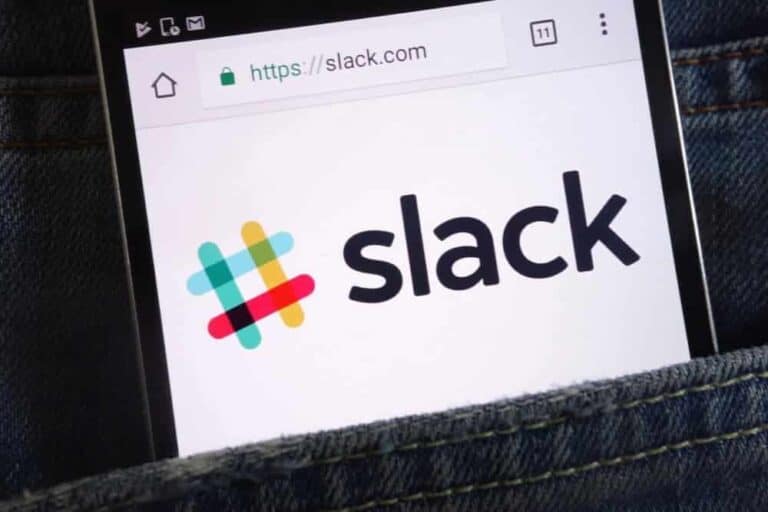Slack built a comprehensive suite of AI features designed to simplify everyday work for employees within organizations. The new features, including enterprise search and AI agents, enable users to quickly find information and automate tasks.
Slack’s transformation into what the company calls an “agentic work operating system” means that users no longer have to switch between different applications and AI tools. Everything can be integrated into Slack’s daily workflow. The company previously unveiled its vision for a digital headquarters, which we tested extensively. This was followed by WorkOS, the operating system designed to improve and optimize collaboration.
Starting tomorrow, Slack will offer new subscriptions for all business users. In concrete terms, this means that many small and medium-sized organizations will receive several AI features for free as part of their current Pro subscriptions. Larger organizations will receive significantly more AI functionality on top of that.
Pro vs Business and Enterprise
Starting tomorrow, organizations with a Pro subscription will be able to create summaries of conversation history in a channel or with a colleague. This is especially useful if you’ve lost track of what’s being discussed or have just returned from vacation.
During group meetings (huddles), notes are automatically taken, allowing everyone to quickly review what was discussed and agreed upon after the meeting. Organizations will also retain the ability to integrate with third-party applications without restriction. Integrations with AI assistants will also be added.
However, Slack is adding some powerful features for larger organisations. These include enterprise search, AI workflow generation, file summaries, daily overviews, and real-time translations.
Searching becomes smarter with enterprise search
The enterprise search function allows users to ask questions in natural language about all available information within an organization. The system searches not only Slack conversations, but also files and data from linked applications. Examples include Google Drive, Microsoft Teams, Confluence, and many others.
Paul Kagoo of reMarkable confirms: “As our company scaled, institutional knowledge was not easily accessible, and spread out across multiple sources. Slack’s enterprise search has now become a go-to place for me to learn about our business.”
AI agents automate workflows
The most innovative part of Slack’s AI strategy is its AI agents, which can perform complex tasks. Whether it’s building workflows to perform actions within Slack or helping users integrate with tools outside of Slack.
The built-in AI can automatically generate summaries of conversations, extract action items, and draft initial versions of documents. Thanks to the Atlas Reasoning Engine, all AI output is checked before it is shown to users. Slack has had Canvas for several years, which allows you to present information in various, yet clear, ways to keep track of projects. However, someone has to maintain such a canvas, which can sometimes be a challenge, and that’s where AI comes in. In a fraction of a second, Slack AI processes a recent conversation into to-dos and bullet points on an existing Canvas.
Channels become multifunctional workspaces
Slack channels are evolving from “simple” chat rooms to complete workspaces. Users can add canvas documents, lists, workflows, and soon AI agents to their channels. This enables the management of an entire project from a single Slack channel.
Bol, the Ahold competitor of Amazon, has been using Slack as its central tool for some time now, linking 72 applications to Slack, which has made developers much more productive.
Privacy and security are key
For European organizations, it is essential to be aware that Slack AI operates in accordance with strict privacy guidelines. Salesforce recently tightened its policy to prevent customer data from being used to train AI models.
All AI functionality complies with the enterprise-grade security standards Slack is known for, including support for FedRAMP and data residency.
Availability and subscriptions
The AI features are currently available in various Slack subscriptions, with Pro users gaining access to basic AI functionality and Enterprise customers able to utilize the full suite.
Slack further positions itself as Work OS
With these developments, Slack confirms its ambition to become the central operating system for work. The combination of communication, document management, project management, and AI automation in a single platform fits in with the trend toward more integrated workplaces.
The question remains whether organizations are willing to switch entirely to this ecosystem or whether they prefer a best-of-suite approach that combines different tools. The disadvantage of this, however, is that you have to compromise significantly on functionality. Slack’s vision of integrating as much as possible with third parties in the simplest way possible is the best answer to this.
